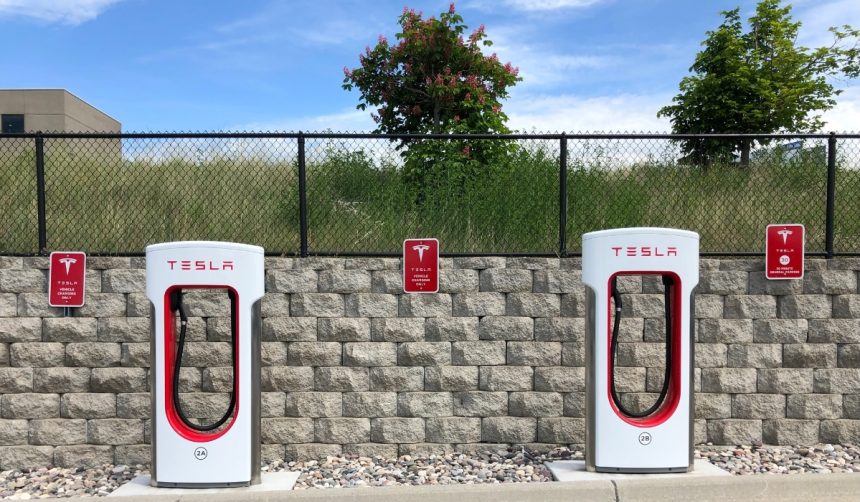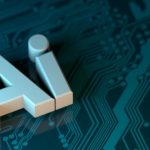Excitement grows among technology and transportation enthusiasts as Tesla’s Full Self-Driving (Supervised) system undergoes live testing inside The Boring Company’s Las Vegas tunnel network. The city, long known for innovation in entertainment and transit, has become a proving ground for advances in autonomous vehicle technology. Locals wonder how the electric vehicles will navigate the complex underground routes as the city positions itself as a leader in modern urban mobility. The outcome of these trials may have a significant effect on how similar projects develop in other cities around the world.
Details on earlier expansions of The Boring Company’s Vegas Loop revealed ongoing efforts to grow the network, but information about full self-driving vehicles operating without drivers remained limited. Progress often focused on construction milestones or passenger satisfaction scores with the convention center shuttle service. While some past statements highlighted the system’s capacity goals and long-term citywide ambitions, current trial runs with Tesla’s FSD underscore a shift toward autonomous operations, adding a new dimension not heavily detailed in initial project updates.
Why Are Tesla Vehicles Testing Underground?
Tesla has chosen The Boring Company’s Las Vegas tunnels as a controlled environment to test its Full Self-Driving (Supervised) software. In this setting, vehicles can operate away from city traffic, allowing engineers to observe performance and intervene as needed. The unique infrastructure, with its artificial lighting and enclosed rock walls, presents different challenges compared to surface streets.
What Have Officials Observed So Far?
Steve Hill, CEO of the Las Vegas Convention and Visitors Authority (LVCVA), indicated that these FSD tests have been active for several months but, so far, have not involved passengers in the vehicles. He explained,
“Full-self driving Teslas have not had any incidents in the Boring Company tunnels yet, though safety drivers have been required to intervene periodically.”
Hill remarked that aspects of the tunnel environment—like the lighting and wall materials—have proven testing for the vehicle sensors. He also emphasized the importance of consulting with local authorities before removing safety drivers, mentioning,
“Sooner or later, this is going to be autonomous.”
How Is the Vegas Loop Project Advancing?
The Boring Company’s underground network beneath Las Vegas continues to expand, currently connecting the Convention Center with multiple hotels. Official communications have highlighted ongoing tunneling for new stops, with the broader goal to eventually create a 68-mile system serving 104 stations city-wide. Expected to eventually serve 90,000 passengers per hour, the Vegas Loop aims to link major destinations, including the airport and stadiums, with a more streamlined transport system.
Current progress with Tesla FSD testing signals an incremental move toward removing human drivers from the system. The LVCVA considers the tunnel network highly popular among visitors, though the implementation rate depends on city permitting and not technological hurdles. As the testing phase continues, officials note consistent safety performance with occasional driver interventions, highlighting the careful, supervised approach being taken before any transition to fully autonomous service.
Developments in Las Vegas represent more than just local innovation; they provide insight into how autonomous systems might be deployed in specialized environments where complex variables, like lighting and spatial constraints, come into play. For readers considering the practical impact, this testing demonstrates a methodical path toward automation, one that prioritizes passenger safety and regulatory oversight. As The Boring Company and Tesla refine their technologies, these Las Vegas trials could shape both public perception and regulatory approaches to self-driving transit, especially in unique infrastructure projects.










